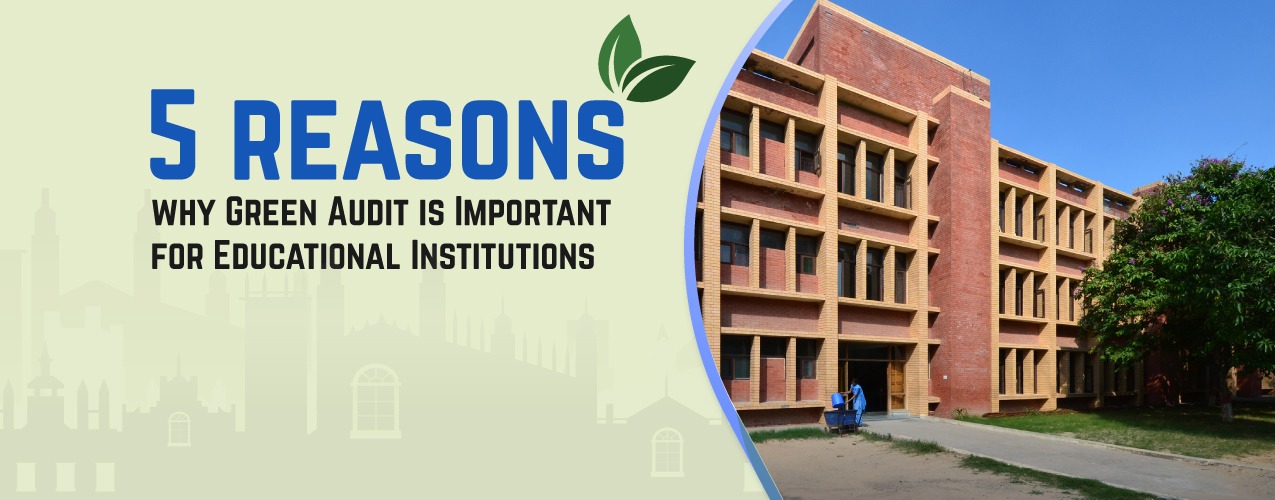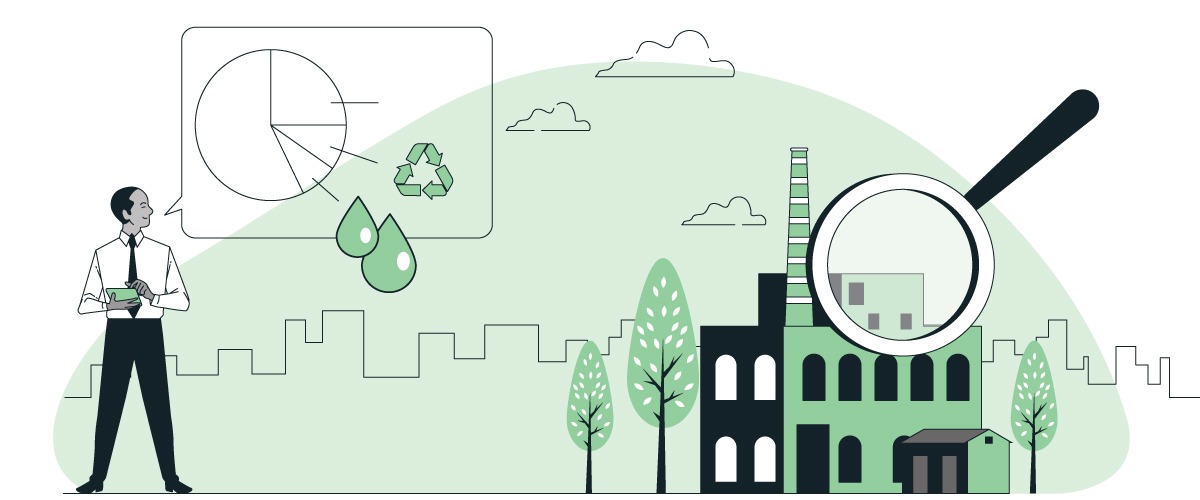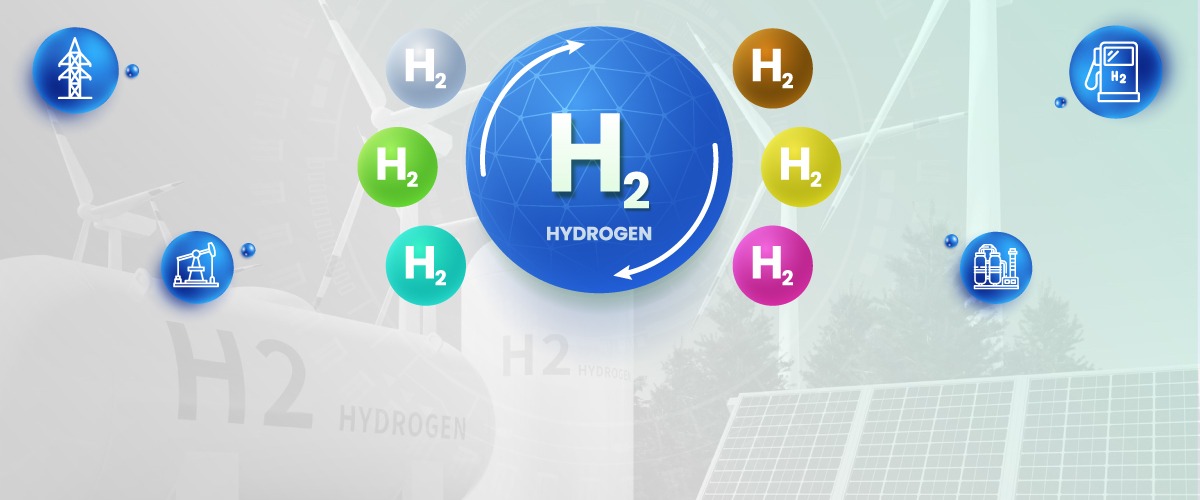Environmental Impact of Transgenic Crops
Ever since the beginning of the use of transgenic crops, there has been a continuous debate on their benefits and risks. Although transgenics have several benefits, including improvement in yield and quality, and resistance to certain pests and diseases; they also have long-term negative impacts on the environment. With the changing climatic conditions, it is necessary to assess these risks and take important actions to reverse any harm which is done to the environment.
We review the long-term impacts of transgenic crops on the environment, especially their effects on soil ecology and biodiversity.
What are transgenic crops?
The crops whose DNA is modified by genetic engineering are known as transgenic crops. The plants produced by genetic modification are obtained from an unrelated organism and are called transgenes.
How is it done?
A foreign gene from the atmosphere or by the scientific method is added in genetic engineering, or a specific unwanted gene is removed.
The first transgenic crop was tobacco resistant to antibiotics, produced in 1983, and it was developed by inserting a npII bacteria resistant to antibiotics.
These crops are genetically modified by inserting genes that are not acquired through pollination; so that some of the traits like pest resistance, increase in yield, and resistance to environmental conditions can be controlled. This method has no mediator, and the genetic information is inserted directly into the plant. Pores present in the cell, also known as electropores help the genetic material to enter the cell.
The cultivation of transgenic crops has increased the yield significantly across the world. In 2014, Bt Cotton constituted 90 percent of the total area under cultivation in India.
Since the surge in the use of transgenic crops like soybean, maize, and cotton in India, the continuous debate on the risks and environmental impacts of these crops has also been a long-discussed issue. Several questions arise about the effects, these crops have on the environment.
Impact of Transgenic Crops on Soil
Environmental risk evaluation of transgenic crops on soil is the least studied area. The impact of these crops on soil microbial activity and plant-associated microbiome communities is adverse. These impacts vary depending on the field site, variation in season, type of soil, and methods used for assessment.
The soil ecosystem or the soil biota has many processes, including physiology, metabolic capabilities, and size; all these factors play an essential role in microbial activities. The Bt toxins released by the Bt crops accumulate into the soil via the crop residues through leaf litter and root exudates. Bt-toxin is also released from roots and could bind to clay minerals in soils, raising concerns about the persistence of the toxin.
Impact of Transgenic Crops on Biodiversity
In genetic engineering, there is an excellent level of manipulation of an organism's DNA; this directly changes the genetic diversity of an organism, which affects biodiversity. In order to preserve biodiversity, it is crucial to create, maintain and develop genetic diversity; and that is what nature does: by competition, predation, and evolution. Transgenic crops involve the change in the genetic diversity of a plant, which makes them appropriate for increasing the crop yield and making more use of the crops which are not much utilized. This however makes the crop limited to a specific breeding line, and hence results in the reduction of diversity of cultivars that were used in the field. The main concern during genetic engineering is insect and herbicide resistance, and there is a possibility of gene flow to wild species. Gene flow is the movement of genetic material from one population to the other. Thus, this factor could lead to the extinction of wild cultivars if only a specific breeding line is used for cultivation.
At the position of individual crop species, transgene transfer is possible through pollination, as a seed- intermediated and vegetative propagule- intermediated gene transfer. The gene transfer is often crop-to-crop, crop-to-wild, or crop-to-microorganisms. Each sort of gene flow impacts biodiversity. The gene transfer is often a rare hybridization event between a GM crop and its wild relative and can induce the growth of wild relatives with increased fitness. If there is an unexpected transfer of a transgene into wild species, this could lead to intensive growth in the invasive weeds, which would affect the crop in many ways as it increases predation and competition.
Conclusion
Transgenic crops are a vital innovation made in the history of humanity with the primary intent of increasing yield and making a better variety of crops. However, transgenic crops have loopholes when it comes to environmental safety; maintaining soil fertility and protecting biodiversity, as well as indigenous seeds and cultivars. These loopholes could possibly be reduced with a more in-depth study on the effect of transgenic on soil and biodiversity.
References
Carpenter, J.E., 2011. Impact of GM crops on biodiversity. GM crops, 2(1), pp.7-23.
Chaurasia, A., Hawksworth, D.L. and de Miranda, M.P. eds., 2020. GMOs: Implications for Biodiversity Conservation and Ecological Processes (Vol. 19). Springer Nature.
Domingo, J.L. and Bordonaba, J.G., 2011. A literature review on the safety assessment of genetically modified plants. Environment International, 37(4), pp.734-742.
Herring, R.J. and Rao, N.C., 2012. On the 'failure of Bt cotton': Analysing a decade of experience. Economic and Political Weekly, pp.45-53.
Herring, R.J., 2014. On risk and regulation: Bt crops in India. GM Crops & Food, 5(3), pp.204-209.
http://indiagminfo.org/wp-content/uploads/2011/11/Impact-of-Bt-Cotton-on-Punjab-Soils.pdf
Kranthi, K.R. and Stone, G.D., 2020. Long-term impacts of Bt cotton in India. Nature plants, 6(3), pp.188-196.
Nagarajan, A., 2018. The Development of Transgenic Crop Technologies in India: Past Experiences and Future Prospects. Review of Agrarian Studies, 8(2369-2020-1987).
Parekh, S.R. ed., 2004. The GMO handbook: genetically modified animals, microbes, and plants in biotechnology. Springer Science & Business Media.
Tsatsakis, A.M., Nawaz, M.A., Kouretas, D., Balias, G., Savolainen, K., Tutelyan, V.A., Golokhvast, K.S., Lee, J.D., Yang, S.H. and Chung, G., 2017. Environmental impacts of genetically modified plants: a review. Environmental research, 156, pp.818-833.







